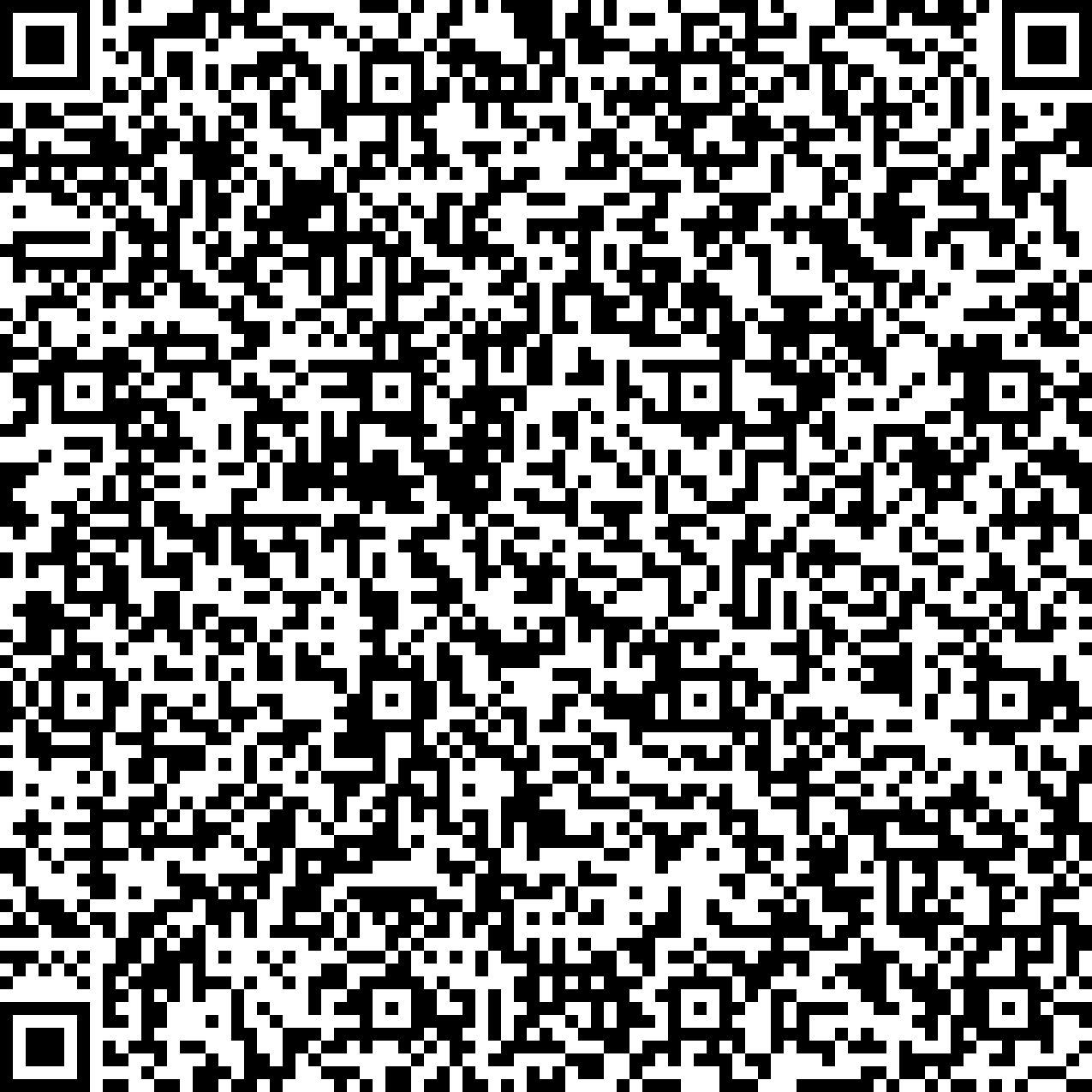


Bioelectronic medicine may soon enable the restoration of body functions lost in injury or disease. This will have high impact in the nervous system, where failure of self-repair following trauma, stroke or neurodegeneration can have profound and permanent consequences on the patient’s quality of life. Implanted systems will deliver, tune and coordinate a therapeutic program consisting of electrical impulses, drugs, light, or replacement cells. The realization of this vision is hindered by the lack of an implantable technology that can blend with the host organ and deliver such complex functionality.
In this talk, I will summarize my experience in building neuroprosthetic implants. I will emphasize on the materials and technologies used for fabricating devices that not only integrate with mechanically delicate neural tissues but also deliver multi-modal neuromodulation. We created an artificial membrane that mimics the mechanical properties of dura mater - the protective skin around the brain and spinal cord - and integrated nanocomposite electrodes, thin-film interconnects and microfluidics to enable its functionality. Chronically implanted on the surface of the spinal cord, the electronic dura mater was used to restore walking in rats with paralyzing spinal cord injury by delivering precise electro-chemical stimulation to the dormant spinal cord [1]. Finally, I will discuss how bioelectronic systems can be harnessed to repair the injury and possibly deliver a permanent therapeutic effect.



Bioelectronic medicine may soon enable the restoration of body functions lost in injury or disease. This will have high impact in the nervous system, where failure of self-repair following trauma, stroke or neurodegeneration can have profound and permanent consequences on the patient’s quality of life. Implanted systems will deliver, tune and coordinate a therapeutic program consisting of electrical impulses, drugs, light, or replacement cells. The realization of this vision is hindered by the lack of an implantable technology that can blend with the host organ and deliver such complex functionality.
In this talk, I will summarize my experience in building neuroprosthetic implants. I will emphasize on the materials and technologies used for fabricating devices that not only integrate with mechanically delicate neural tissues but also deliver multi-modal neuromodulation. We created an artificial membrane that mimics the mechanical properties of dura mater - the protective skin around the brain and spinal cord - and integrated nanocomposite electrodes, thin-film interconnects and microfluidics to enable its functionality. Chronically implanted on the surface of the spinal cord, the electronic dura mater was used to restore walking in rats with paralyzing spinal cord injury by delivering precise electro-chemical stimulation to the dormant spinal cord [1]. Finally, I will discuss how bioelectronic systems can be harnessed to repair the injury and possibly deliver a permanent therapeutic effect.